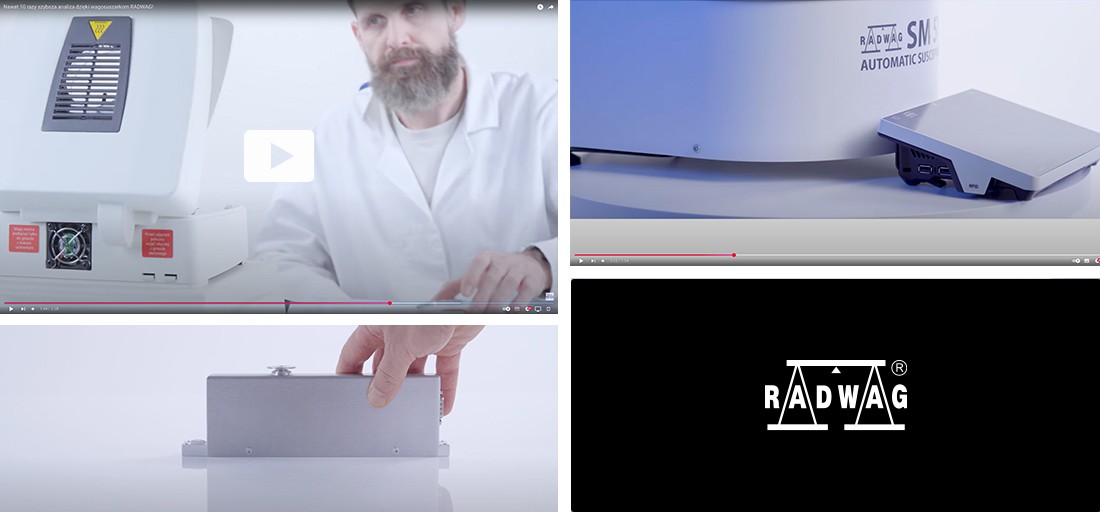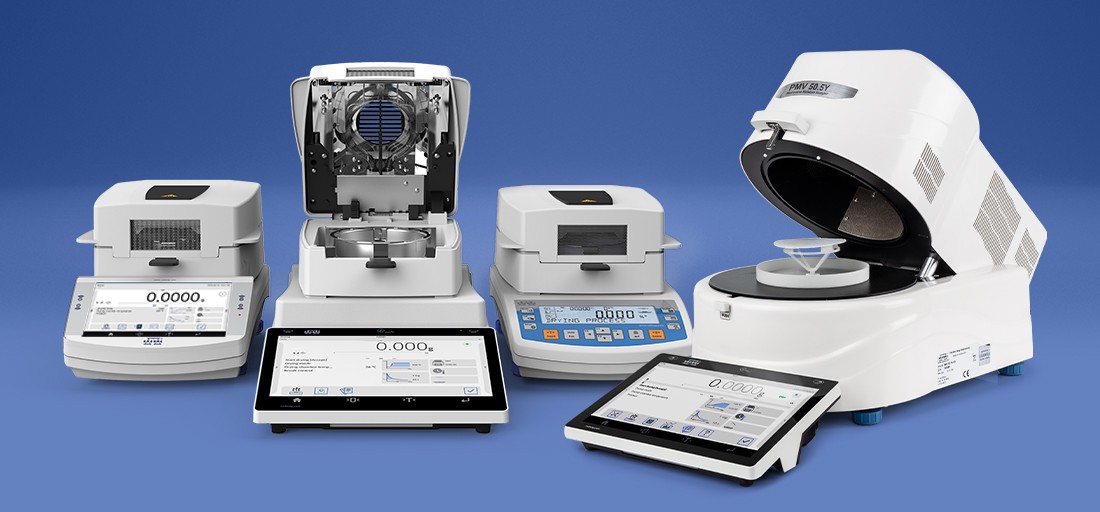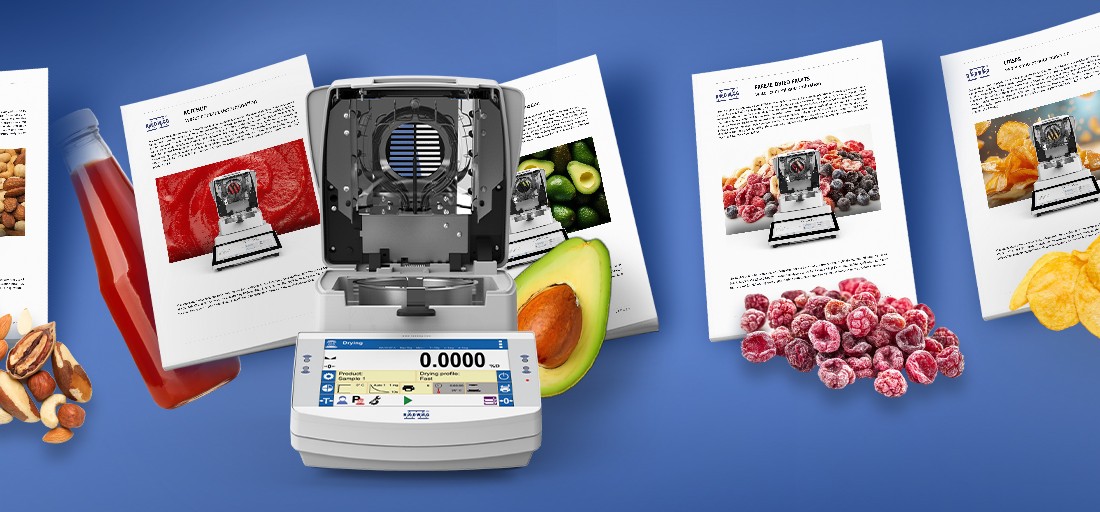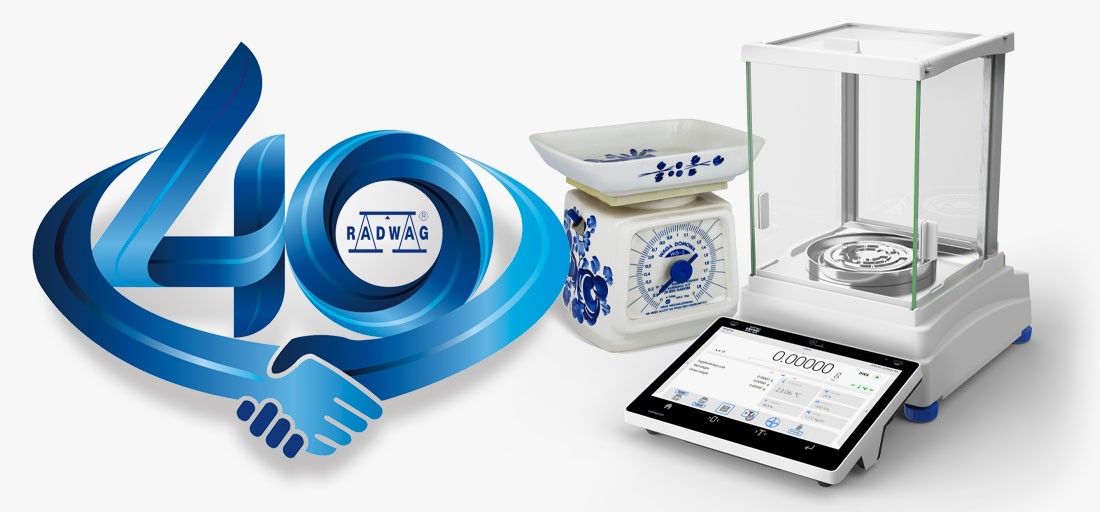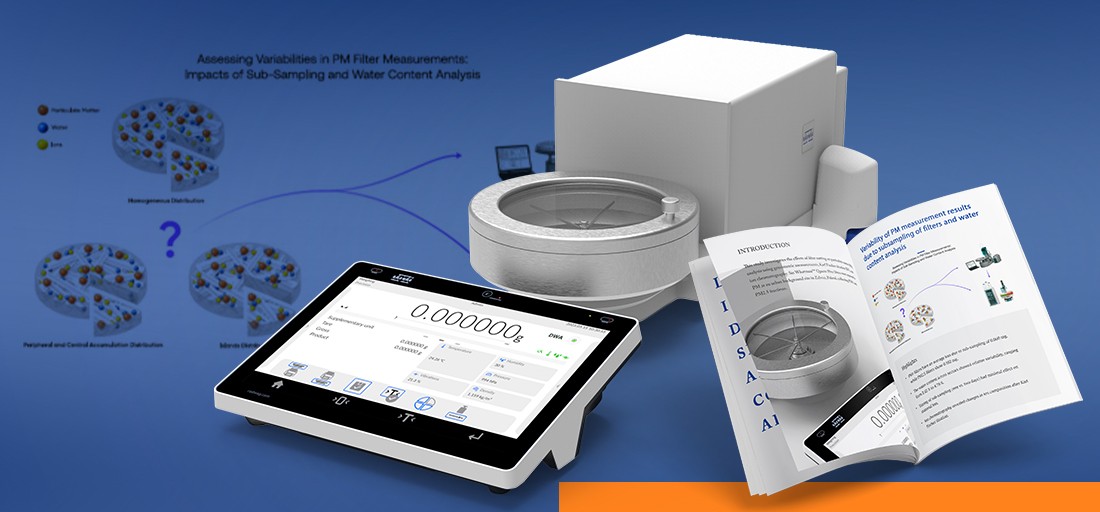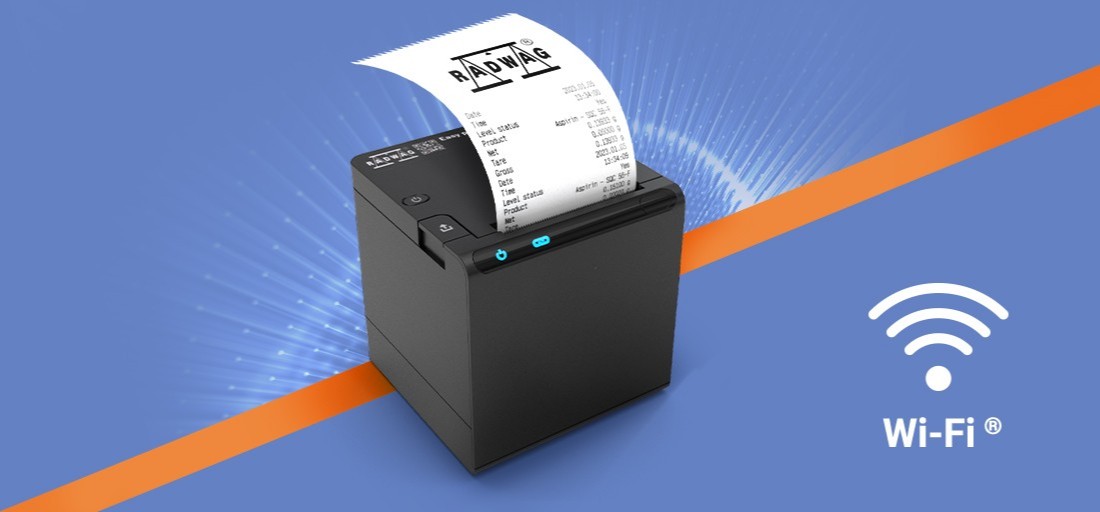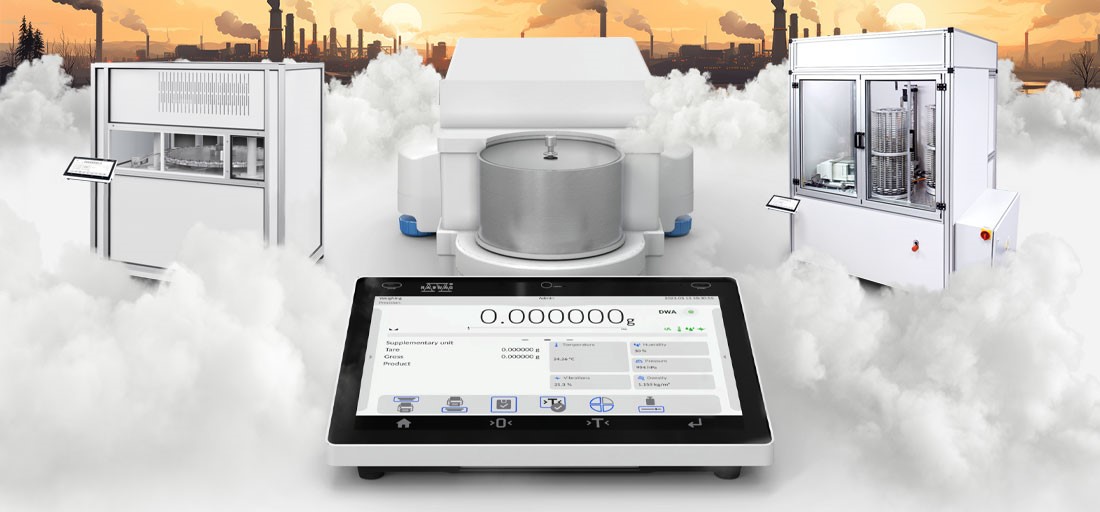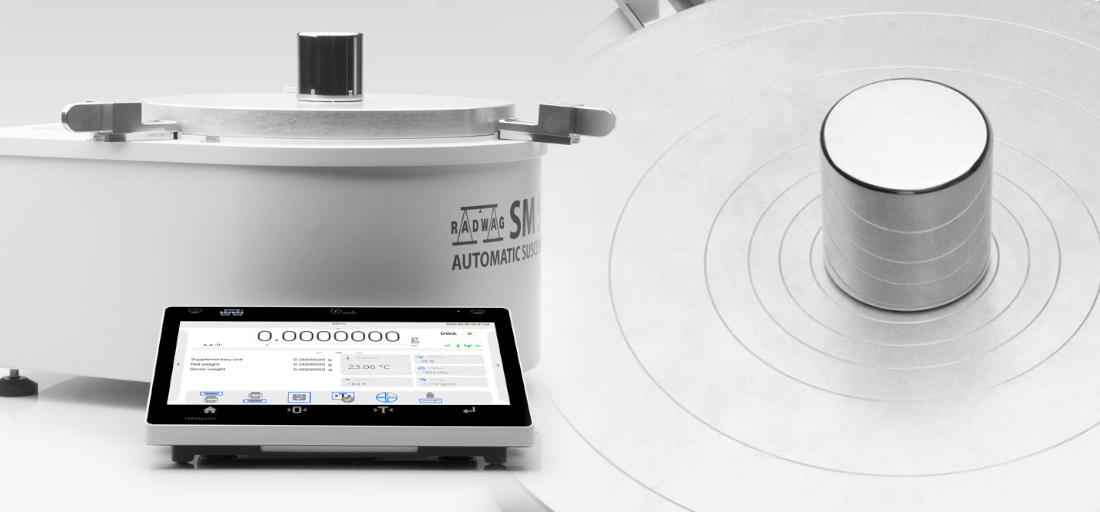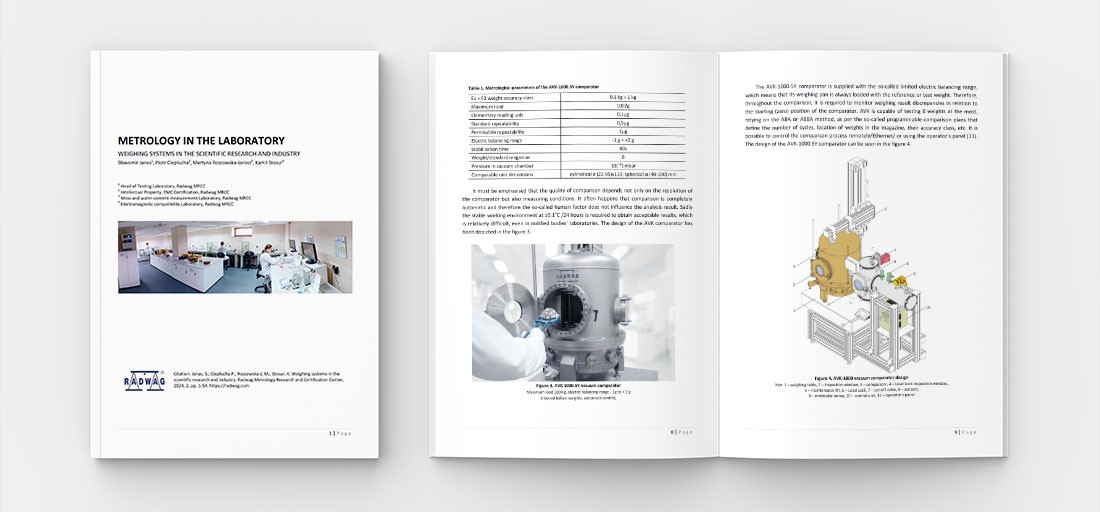Safety of Mass Measurement in Pharmaceutical Industry. Basic Metrological Tests (part III)
.jpg)
Specific requirements of this area are a result of the fact that the weighing devices are one of many components used in the process of production of pharmaceuticals. They may influence medicine quality and as a result the patient's health. Apart from regulations obligatory within a particular area, the pharmaceutical industry conforms to guidelines provided in so called pharmacopoeia. Pharmacopeia is a book of a continental scope, there are for example American, Japan, European, Russian pharmacopoeias.
Requirements concerning the weighing instruments are comprised in two USP sections:
- General Chapters, Apparatus for Tests and Assays <41 Balances>,
- General Information, <1251 Weighing on an Analytical Balance.
Section 41 provides the following requirement for the repeatability and accuracy:
- Repeatability is satisfactory if two times the standard deviation of the weighed value, divided by the nominal value of the weight used, does not exceed 0.10%. If the standard deviation obtained is less than 0.41d, where d is the scale interval, replace this standard deviation with 0.41d,
- The accuracy of a balance is satisfactory if its weighing value, when tested with a suitable weight(s), is within 0.10 % of the test weight value. A test weight is suitable if it has a mass between 5% and 100 % of the balance's capacity.
Section 1251 is not an obligatory one however it explains and defines terms crucial when it comes to electronic balances. Compliance with the pharmaceutical industry requirements means conformity with the provisions comprised in section 41 – mainly concerning indication repeatability. Repeatability is the most important balance parameter deciding about the measurement accuracy. This parameter is used to determine so called minimum mass (Minimum Sample Weight), which specifies the weighing range start. Weighing samples of mass value lower than the minimum sample weight value is disallowed.
USP 41 requirements regarding the repeatability of the minimum weight have been adopted by the European Pharmacopeia, General Chapter 2.1.7 Balances for Analytical Purposes. They will be obligatory starting from January 2022.
Minimum Weight – Measurement Precision
|
SOP |
MSW Determination |
|
|
Definition |
USP 41, Ph. Eur. 1.2.7. |
|
|
Equipment |
Mass standard of weight value lower than 5% of the maximum capacity of the balance. The test may be performed using a mass standard of weight value slightly greater than the expected MSW value – it is important to apply mass standard that can be deposited onto the weighing pan shock-free. |
|
|
Method |
Manual Load the weighing pan 10 times with a mass standard of a respective nominal value and record the weighing results. Balance indications for an unloaded weighing pan may be zero prior to and between the measurements. Calculate standard deviation (S) for the measurement series. Balance adjustment is not required prior to the test start. |
|
|
Limits |
m – the lowest weight value of a mass standard, which corresponds with the to-be-weighed substance quantity S – standard deviation for the series of 10 measurements performed using the mass standard Standard deviation (S) is used for determination of the MSW value by the following equation: MSW = 2000 · S. |
|
|
Interpretation |
The smallest standard deviation is 0.41d, therefore the smallest MSW value, depending on the reading unit (d), may be: |
|
|
|
d = 1 mg
d = 0.1 mg
d = 0.01 mg
d = 0.001 mg
d = 0.0001 mg |
|
|
|
In practice it is recommended to apply slightly greater MSW values than those calculated on the basis of tests. This is mainly due to the fact that the repeatability depends on ambient conditions, good operator skills, etc. Certain repeatability variation shall be expected, it should be accounted for in risk analysis for mass measurement processes. |
|
|
Remark |
Weight value of the mass standard used in the course of the test shall not be greater than 5% of the Maximum capacity. If the expected MSW is 40 mg, then the test weight may be, for example, 100 mg or 200 mg mass standard. While selecting a mass standard it is necessary to take into account the ergonomics when it comes to loading, no shocks. |
|
Accuracy – Measurement Precision
|
SOP |
Weighing process accuracy |
|
Definition |
USP 41, Ph. Eur. 1.2.7. |
|
Equipment |
Mass standards of nominals ranging between 5÷100% of the maximum capacity. |
|
Method |
Manual
Where:
m – mass standard weight value |
|
Limits |
The absolute value of the relative error may be greater than 0.0005. |
|
Interpretation |
A highly significant issue in the course of tests is the weight error related to the accuracy class (E2, F1, F2 etc.). When carrying out the tests with use of mass standards, it is necessary to account for both the weight value given on the calibration certificate, and the mass determination uncertainty. |
|
Remark |
Measurement accuracy depends on the balance sensitivity, deviation of linearity and the error of eccentricity. The most important of these three factors is balance sensitivity, regulated by means of the automatic balance adjustment (Figure 5). The influence of the remaining two, i.e., the error of eccentricity (loading of the weighing pan centre) and the deviation of linearity is insignificant. Irrespective of the above it is recommended to take the limit of 0.05 % for each. |
Adjustment – Adjustment Report
Adjustment is a process consisting in introduction of corrections due to which, regardless of the load, the balance indications are correct. In most professional laboratory solutions, just like in the case of Radwag devices, the adjustment is an automatic operation. It is triggered based on time, temperature change and operator's schedule with a to-do-list. After each adjustment a report is generated, the report features basic information concerning the process. Report example is shown in figure 22. These days more often the traditional printout is replaced with an electronic version either stored in the balance database or archived in other form.
Autotest GLP
Autotest GLP serves to determine mass measurement precision. It is taken for granted that if the measuring system is valid then multiple weighing of the same (adjustment) mass shall give similar results (low standard deviation value). The procedure may be repeated many times, wherein the obtained values must be registered. It is however necessary to always remember that mass measurement of objects other than mass standard does not have to be precise enough. If precision obtained as a result of the Autotest function operation is excellent and weighing of other loads gives much worse result, then it is necessary to correct the weighing methodology since the measuring system is efficient for sure. Autotest GLP report has been presented in figure 14.
Autotest Filter
Operation of the Autotest Filter function consists in indicating an optimal combination of the measurement signal filtering method and the value release criterion. Most Radwag laboratory balances offer 5 signal filtering levels and 3 value release options. It is a very difficult task to check manually all these options and combinations, and in practice, in the laboratory, it is almost impossible (time and costs). With regard to the above a special function has been designed, it automatically checks both precision and weighing time for each combination of signal filtering and value release options. Finally, a report with the best possible solution for time and precision is generated.
Table 6. Example of the Autotest function report (brief version)
|
|
----------- Autotest FILTER Report ----------- |
|
|
|
Balance type |
XA 4Y |
|
|
Balance ID |
876573 |
|
|
Operator |
Admin |
|
|
Application revision |
L1.4.15 K |
|
|
Date |
2021.05.27 |
|
|
Time |
10:14:23 |
|
|
------------------------------------------------------------------------ |
|
|
|
Reading unit Internal weight mass Temperature: Start Temperature: Stop Humidity: Start Humidity: Stop |
0.0001 g 209.65432 g 24.27 °C 24.39 °C 51% 53% |
|
|
||
|
|
||
|
|
||
|
|
||
|
|
||
|
|
|
|
|
|
Filter Value release Repeatability Stabilization time |
Fast Fast 0.00007 g 1.688 s |
|
|
Filter Value release Repeatability Stabilization time |
Fast Fast and reliable 0.00007 g 2.255 s |
|
|
Filter Value release Repeatability Stabilization time |
Fast Reliable 0.00007 g 2.760 s |
|
|
Filter Value release Repeatability Stabilization time |
Normal Fast 0.00007 g 1.894 s |
|
|
Filter Value release Repeatability Stabilization time |
Normal Fast and reliable 0.00004 g 2.423 s |
|
|
Filter Value release Repeatability Stabilization time |
Slow Fast and reliable 0.00002 g 5.833 s |
|
Where: |
|||
|
|
The shortest measurement time |
|
The best measurement precision |
|
|
The smallest product value of time and standard deviation |
|
Current settings |

.jpg)

